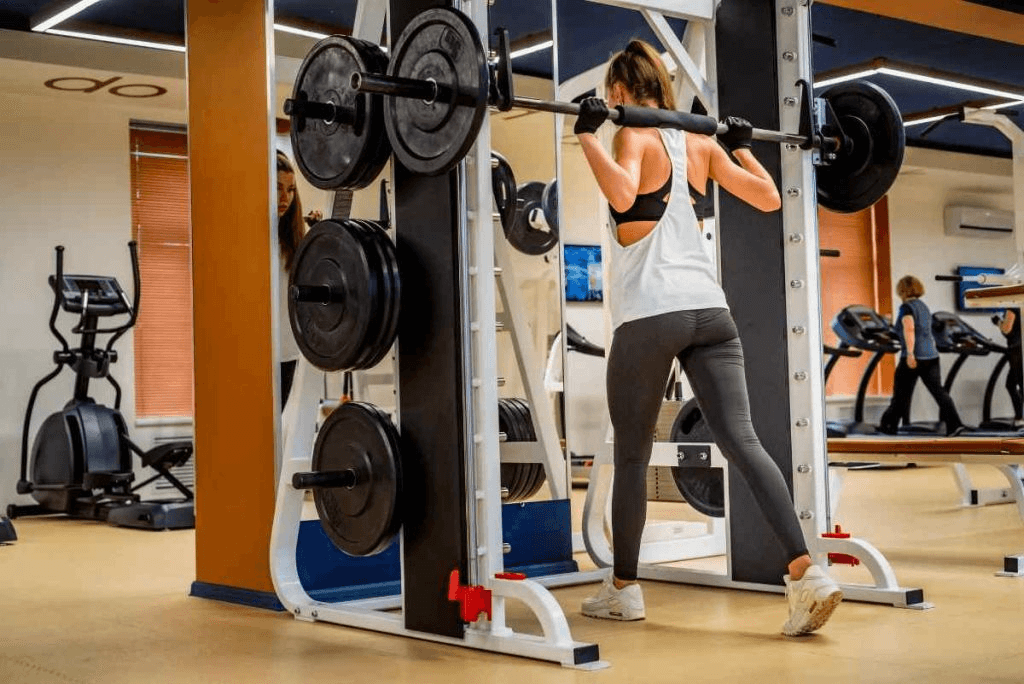When it comes to building strong, defined legs and a powerful core, certain gym machines deserve special attention. One standout piece of equipment is the leg lift machine, a staple in both commercial gyms and home fitness spaces. Whether you're focusing on strength, muscle definition, or overall stability, using a workout machine where you lift your legs can transform your training routine.
What is a Leg Lift Machine?
At its core, a gym leg lift machine is designed to target your lower abdominal muscles, hip flexors, and thighs. Users typically sit or hang from the machine and lift their legs against resistance or bodyweight. Some versions offer additional features, like weighted leg raise machine attachments, allowing you to increase intensity as you gain strength.
There are several variations available, including leg raise machines for sale that cater to different fitness goals. Some models focus on pure bodyweight exercises, while others, like the thigh raises machine, incorporate resistance to challenge your muscles further.
Benefits of Leg Lift Machines
The primary benefit of machines that focus on leg lifts is isolated muscle engagement. While compound movements like squats are important, isolation work hones in on specific muscle groups that often get neglected. Here's why these machines matter:
-
Core Strength: Raising your legs against resistance activates the lower abdominals more intensely than many traditional core exercises.
-
Hip Flexor Activation: These muscles are essential for athletic performance, posture, and injury prevention.
-
Thigh Toning and Strengthening: Machines like the thigh raises machine and weighted leg raise machine add sculpting power to your routine.
-
Versatility: Whether you're working with a main 66" model, a compact 30" design, or a robust 45" station, these machines fit a wide variety of gym layouts and user needs.
Choosing the Right Machine
Not all leg lift machines are created equal. When selecting a machine, consider the following:
-
Size: Models like the 38" and 40" options are ideal for home gyms with limited space, while larger units (like 66" or 45") may suit commercial environments.
-
Weight Options: Some machines allow you to add plates or adjust built-in resistance to better customize your workout.
-
Durability: Look for machines with high-grade steel frames and quality padding to ensure comfort and longevity.
-
Adjustability: Machines offering adjustable armrests, backrests, and grip handles can provide a better ergonomic fit for different body types.
If you're outfitting a gym or personal training space, browsing leg raise machines for sale can uncover models perfect for your setup, balancing size (30”, 38”, 40”) and functionality.
How to Use a Leg Lift Machine Properly
-
Adjust Your Position: Make sure the pads and grips are set so you can maintain a stable, upright posture throughout the movement.
-
Engage Your Core: Tighten your abdominals before you start lifting to protect your lower back.
-
Controlled Movement: Raise your legs to a 90-degree angle, or higher if flexibility allows. Slowly lower back down without swinging.
-
Progress Gradually: If using a weighted leg raise machine, start with lighter resistance and build over time to avoid straining muscles.
Final Thoughts
Adding a leg lift machine to your workout routine provides a targeted way to build stronger, more resilient legs and core muscles. Whether you're performing simple hanging leg raises or ramping up with a weighted leg raise machine, consistency and proper form are key.
Investing in a quality thigh raises machine or checking out a leg raise machine for sale can help you take your lower body and core workouts to the next level. No matter your fitness goals—be it strength, aesthetics, or functional performance—mastering the art of lifting your legs against resistance will set a solid foundation for total-body fitness.











































Leave a comment
This site is protected by hCaptcha and the hCaptcha Privacy Policy and Terms of Service apply.